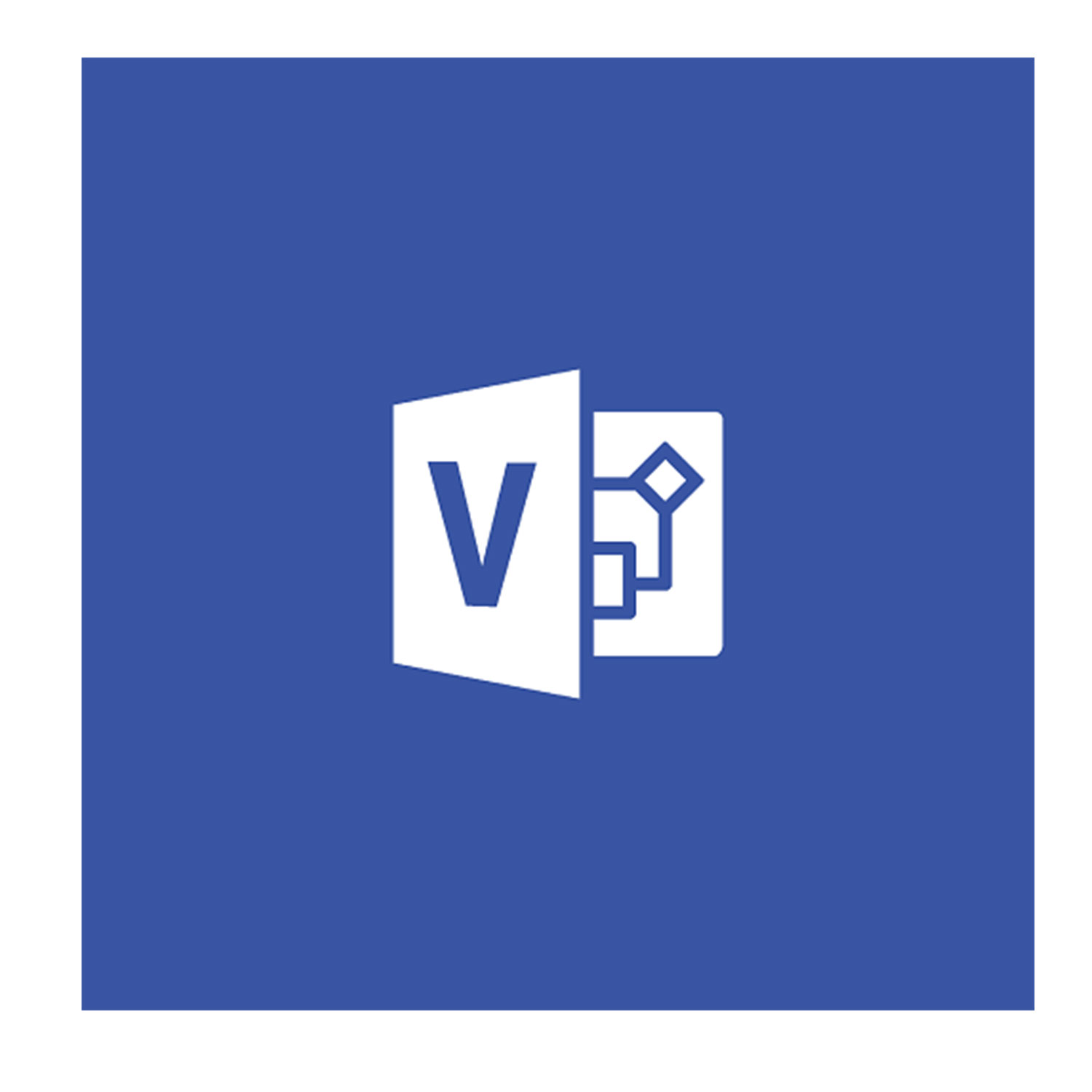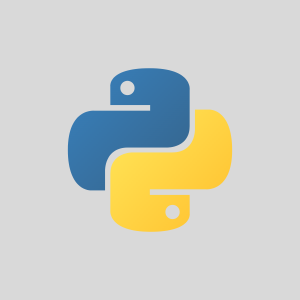Description
Course Outline
- Getting Started with Visio 2016
- We start at the beginning with a look at how to navigate the Visio environment, create a basic drawing, and use the help system.
- Creating a Workflow Diagram
- This is where your students will begin to delve into the meat of the course with a look at how to use drawing components, modify drawings, and work with callouts and groups.
- Creating an Organization Chart
- As the title of this lesson indicates, organization charts are the focus here. Learners are shown how to create organization charts and then do more with them such as modifying the layout, positioning, and spacing. They are also shown how to create and use synchronized copies and compare charts.
- Making a Floor Plan
- Lesson 4 looks at floor plans. Covered in this lesson is how to: create a basic floor plan and custom room shapes, use Visio as a modeling tool, and model a room layout.
- Creating a Cross-Functional Flowchart
- What’s a course on Visio without a look at flowcharts? Well, here it is. This lesson looks at cross-functional flowcharts, swimlanes and separators, changing orientation and direction, modifying margins, and choosing styles.
- Creating a Network Diagram
- This lesson is divided into three separate topics which show your students how to: create network diagrams, use shape data, and use layers. Along the way they will learn about: additional network shapes, shape data, adding layers, activating, coloring and locking layers, plus other relevant subtopics.
- Styling Diagram
- Once your students have created a diagram, this lesson is going to teach them how to enhance it to their tastes and needs. They will be shown how to work with shape and connector styles, work with themes and variants, and how to work with containers.




